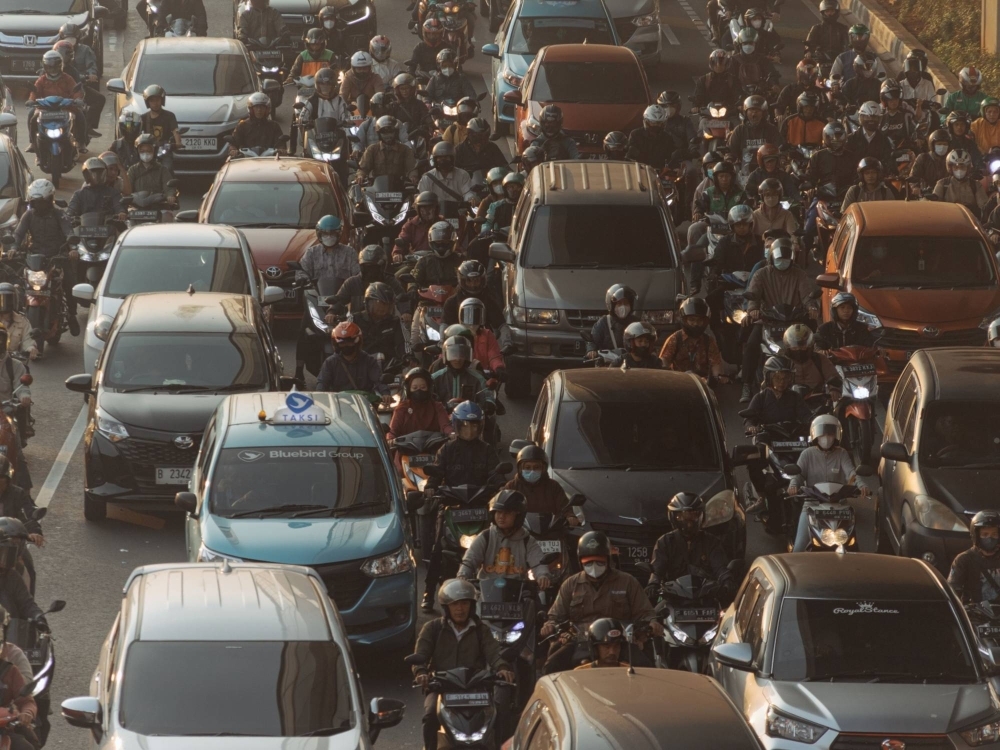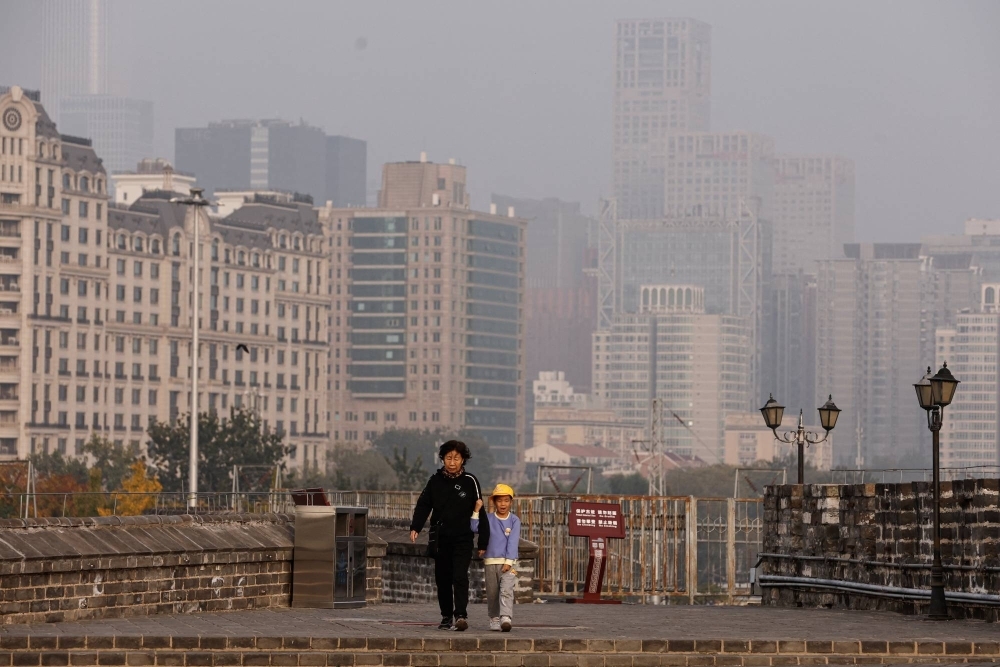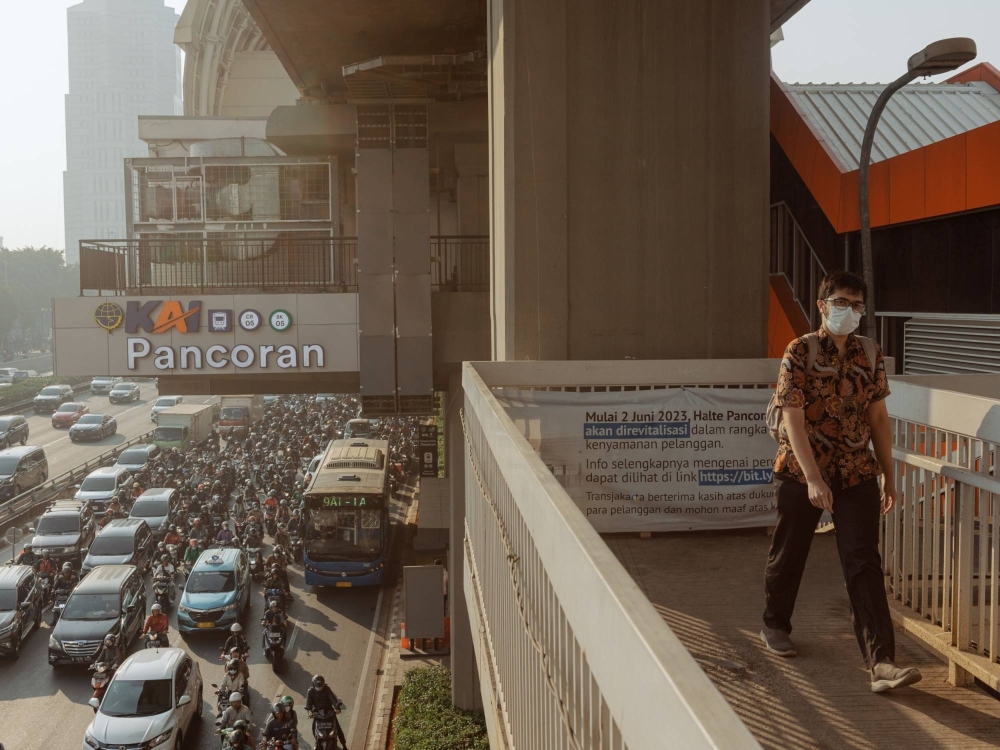The average person can go up to two months without food, three days without water, but only a few minutes without air. Breathable air is essential to life. Yet a new analysis found that last year, only 10 countries and 9% of global cities had air quality that met World Health Organization guidelines for harmful fine-particle, or PM2.5, pollution.
Some of the places most affected were in the Middle East, Africa and Central and South Asia. Bangladesh, Pakistan, India, Tajikistan and Burkina Faso ranked as the five countries with the most polluted air in 2023, weighted by population, according to the report by IQAir, a Swiss air quality technology company that collects air-sensor data around the world. (The report cautions that the picture in sub-Saharan Africa is incomplete, however, since only 24 of 54 countries had sufficient data to be included.) French Polynesia, Mauritius and Iceland had the lowest levels of air pollution.
The capital cities with the worst air were New Delhi; Dhaka, Bangladesh; Ouagadougou, Burkina Faso; Dushanbe, Tajikistan; and Baghdad, IQAir found. Capitals with the lowest concentrations of PM2.5 were mostly in Oceania, Scandinavia and the Caribbean, and included Wellington, New Zealand; Reykjavik, Iceland; and Hamilton, Bermuda.
Japan’s air quality was above WHO guidelines by under twofold, giving it an overall rating of “good.”

Traffic traveling along a highway in New Delhi
| Bloomberg
One of the most common forms of air pollution, PM2.5 “kills more people than any other pollutant that is out there,” said Glory Dolphin Hammes, CEO of the North American division of IQAir, which has released annual World Air Quality reports since 2017.
Sources of PM2.5 pollution vary widely, from brick kilns in Bangladesh to mining in Latin America. But the overwhelming source is the burning of fossil fuels such as coal, oil and gas. Outdoor air pollution, caused primarily by PM2.5, is responsible for the early deaths of more than 4 million people worldwide each year, according to the WHO. A separate analysis led by a researcher at the Max Planck Institute for Chemistry in Germany found that fossil fuels are responsible for 65% of those deaths.
“The first thing to understand about PM2.5 is it’s a very complex mixture of gases and particles that are suspended in the air, and it’s defined by size,” said Misbath Daouda, an assistant professor of health equity and environmental justice at the University of California at Berkeley who was not involved in IQAir’s analysis.
PM stands for particulate matter, and 2.5 represents its size — 2.5 microns, or 1/30th the diameter of a single strand of hair. And it’s PM2.5 pollution’s tiny size that makes it so deadly.

Heavy traffic during morning commuting hours in Jakarta
| Bloomberg
The particles are “small enough that they can enter different organ systems and the bloodstream; they can irritate the lungs and the respiratory system. And that’s what makes them so detrimental for health,” said Daouda.
PM 2.5 pollution is linked to increased rates of heart attack and stroke, and can cause what’s known as oxidative stress — essentially, stress that damages the body’s cells faster than they can repair themselves. Oxidative stress is associated with a variety of illnesses ranging from Parkinson’s disease to cancer. More recent research has shown that exposure to PM2.5 can also affect brain development, “so that’s a concern for young children,” Daouda said.
The impacts of this form of pollution even at modest concentrations are so severe that in 2021, the WHO tightened its recommended guidelines from an average of 10 micrograms per cubic meter to 5 micrograms per cubic meter today. But IQAir finds very few countries are below this threshold.
IQair’s analysis blends data both from governmental sources — such as the air-quality data tracked by regulatory bodies, like the U.S. Environmental Protection Agency — with data from lower-cost sensors such as those IQAir produces. While regulatory monitors can cost thousands of dollars, IQAir’s and similar sensors cost a few hundred.
“Low-cost sensors provide a way for resource-constrained settings to begin to monitor air quality,” said Daouda. “There are many cases in low- and middle-income countries where the cost of regulatory monitors would be way too expensive to be deployed in a large network and provide granular information.”

A mix of fog and polluted air covers the Bosnian capital of Sarajevo.
| REUTERS
Granular information matters, because pollution can vary wildly over distances. The report notes that some of the cities with high levels of pollution for their region — such as South Tangerang, Indonesia; Rocklea, Australia; and Benoni, South Africa — are nestled within countries that have some of the lowest levels of pollution for that region. Even two locations within the same city can have very different levels of air pollution, depending on whether those locales abut a park or a power plant.
“When you’re trying to identify high levels that may be located in pockets of the city, that won’t be captured by a network that’s not dense enough, or just a couple monitors quite outside the city,” said Daouda.
And even in high-income countries, the number of regulatory-grade monitors can be limited.
IQAir named Columbus, Ohio, as the most polluted major city within the U.S. But there are only two regulatory-grade monitors for a city that spans 226 square miles (585 square kilometers), Dolphin Hammes noted. “So our report gets to complement that data, along with 19 other (lower-cost) monitors,” she said.
Understanding outdoor air quality can help people mitigate risks, such as by refraining from exercising outdoors when PM2.5 levels are high or wearing a high-filtration mask like a N95, KF94 or KN95 or, when indoors, by running a HEPA filter.

People walk along the Ming Dynasty City Wall Relics Park in Beijing.
| REUTERS
Low-cost sensors are not without their own set of challenges — calibration can be tricky — but they are useful at giving people a relative estimate as to where there might be a problem. And in some areas, where there are few or no regulatory-grade monitors, they might provide the only information available.
While the report’s overall conclusions are grim, it does note some bright spots. China, for example, after becoming synonymous with poor air quality, has made real strides over the past two decades. Chile, despite dealing with wildfire smoke last February, reported a 15% decrease in PM2.5 pollution from 2022, and South Africa’s annual average PM2.5 concentration decreased a similar amount.
The biggest takeaway, said Dolphin Hammes, is not just that PM2.5 pollution is at dangerously high levels, but it doesn’t stay where it’s produced. This is what’s known as transboundary pollution. Prevailing winds can have a huge impact on local air quality — many countries in the Caribbean enjoy good air quality in part because prevailing winds blow pollution away. South Korea, on the other hand, has long dealt with high levels of PM2.5 pollution because winds carry it from coal-burning power plants in northern China. And increasingly, as climate change exacerbates wildfires, that pollution is also on the move.
“We saw Canada really causing the major source of (PM2.5) pollution within the United States, just through sheer wildfires” last year, said Dolphin Hammes. And prevailing winds “distributed it through the United States, into a lot of cities within the Northeast, and the Midwest.”

